Property Geek
We provide the actual and accurate information with unbiased user driven reviews to our viewers, to help them see the best and find the best!
View posts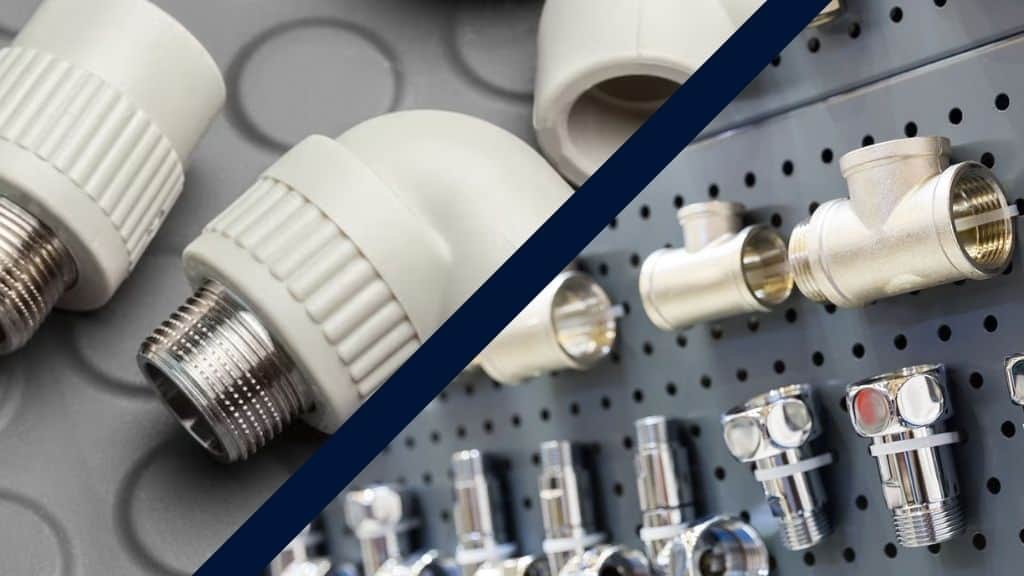
In a plumbing system, pipe fittings, also known as pipe connectors, join two pipes together to alter the flow, direction, or lengthen the flow. In other words, these are used to combine, divert, or reduce the flow of the water supply. They are available in a variety of sizes to fit a variety of pipes.
The dimensions of pipe fittings are crucial, and sizing guidelines must be adhered to for their proper functioning. Some fittings are designed with different-sized openings and serve as the transition from one pipe and pipe fittings to another, while others have openings that are the same size on both ends.
Let’s take a look at the different types of pipe fittings you would commonly use!
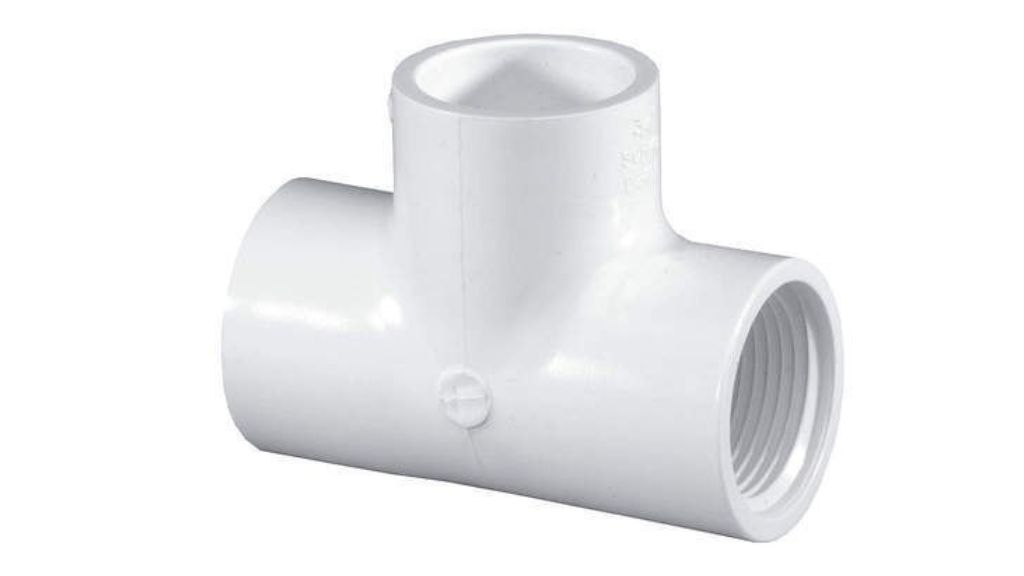
Three pieces of pipe can be joined together with wyes and tees. Tees split or combine a supply line into one outlet. They can have one inlet and two outlets at 90-degree angles in the shape of a “T.”
Tee fittings are frequently connected to lines that supply potable water. A wye is formed like a “Y” with the two gulfs meeting up at around 45 degrees into a solitary outlet. Wastewater can enter a drain pipe from the side thanks to sanitary wyes, and sewer gases can vent upward because the second part of the “Y” is aligned with the pipe.
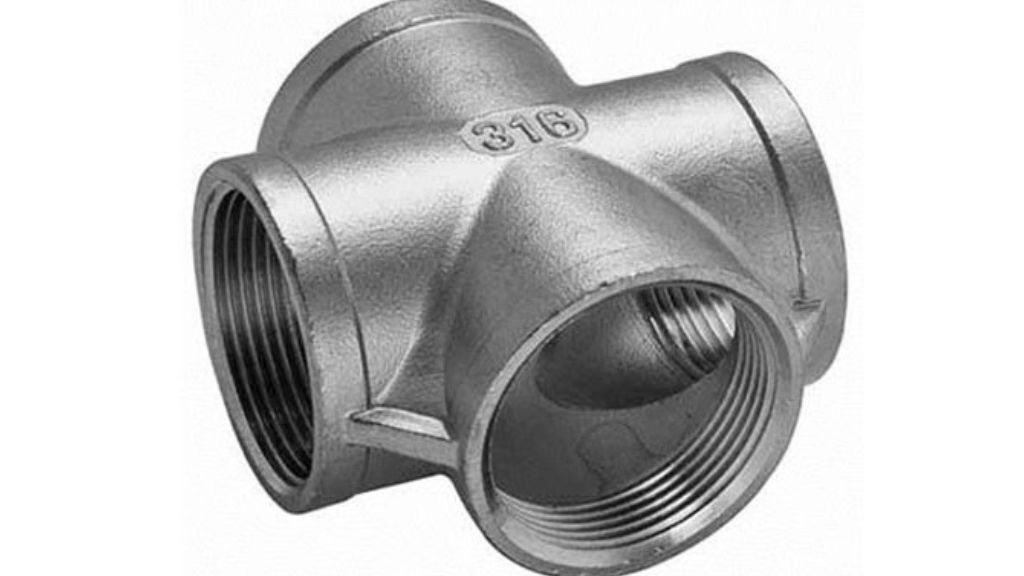
Cross fittings have four openings, each with either three outlets and one inlet or three inlets and one outlet, depending on the need. Some irrigation and sprinkler applications make use of these four-way Pipe fittings, even though they are less common.
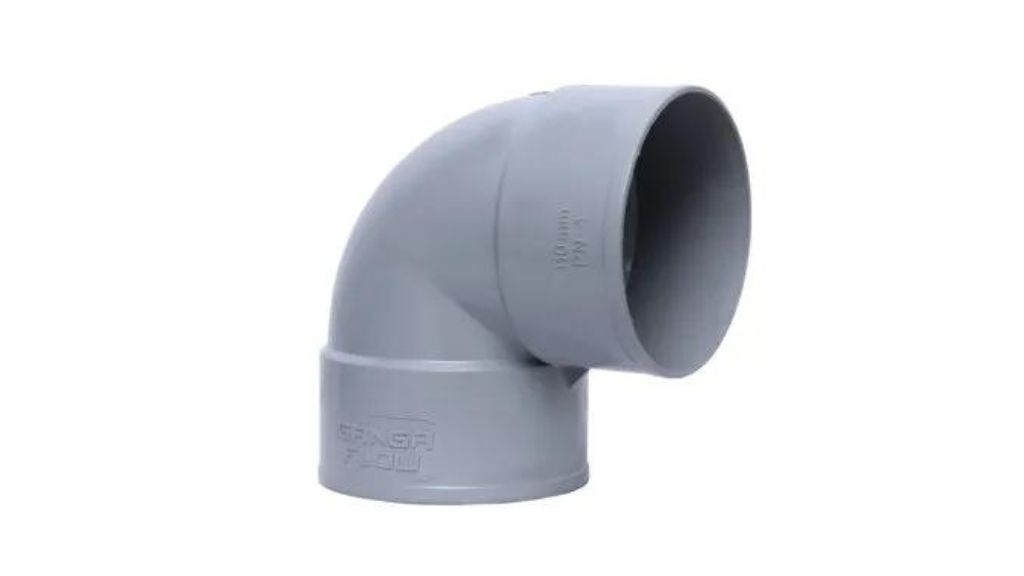
Elbow fittings alter the flow direction between two pipes. Common elbow fittings bend at 90, 60, 45, and 22 1/2 degrees. They can be joined together to get around obstacles around the pipes.
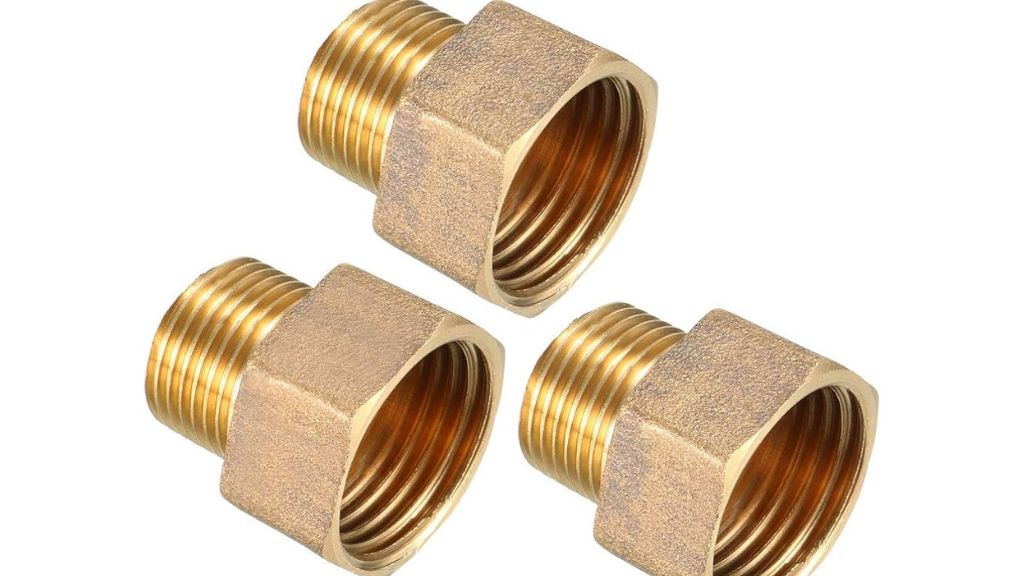
Pipe connectors two pipes permanently by sliding over their exteriors. A reducer, also known as a reducing coupling, reduces flow by joining two pipes of different sizes together. Connectors are used to connect two pipelines of different types. For instance, an adapter could be attached to the end of a plain pipe to enable a threaded connection on the opposite side of the adapter.
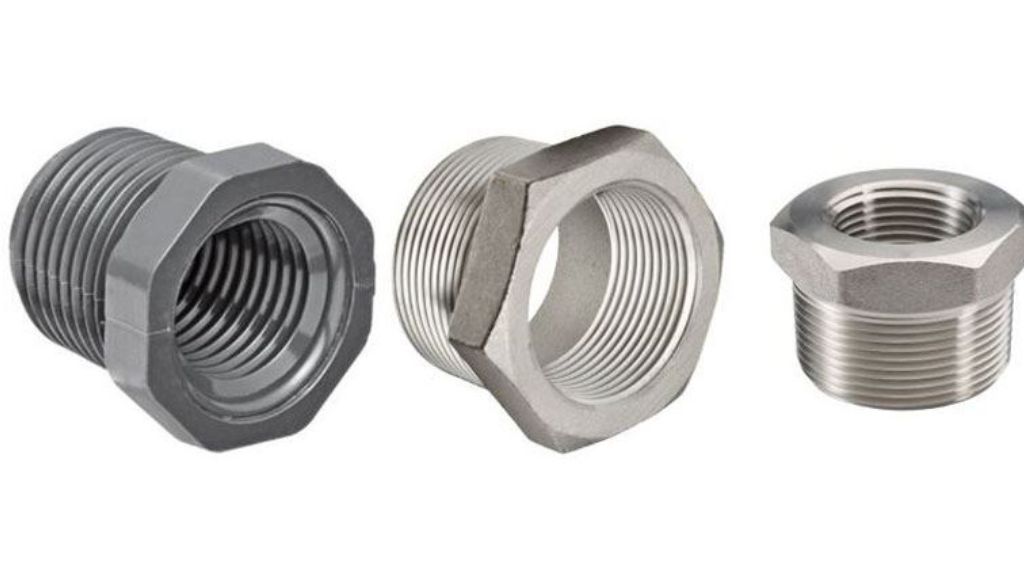
Bushings, also known as reducer bushings, are used to connect two pipes of varying sizes. The bushing end with the larger diameter fits the larger pipe end while the smaller end is inserted into the bushing’s smaller end.
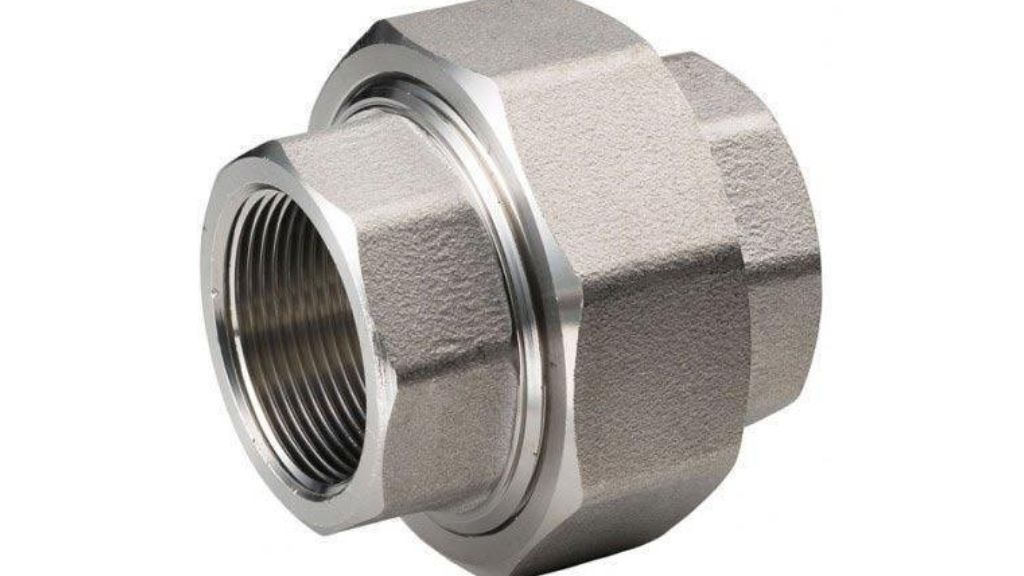
Similar to couplings, union fittings connect two pipes that are similar to one another. To join two pipes, pipe unions use a nut or threaded ring in the middle of the fitting. While a coupling must be cut out to disconnect, these types of pipe fittings can be easily removed by loosening the ring to disconnect the pipes.

Traps are horizontal dips or bends in drainage pipes beneath the sinks in bathrooms and kitchens. They have two functions and are shaped like a U or a sideways P. To begin, the arc holds drain water in place to form a barrier that prevents sewer gases from entering the house. Additionally, traps collect debris to prevent obstructions further down the drainage system.
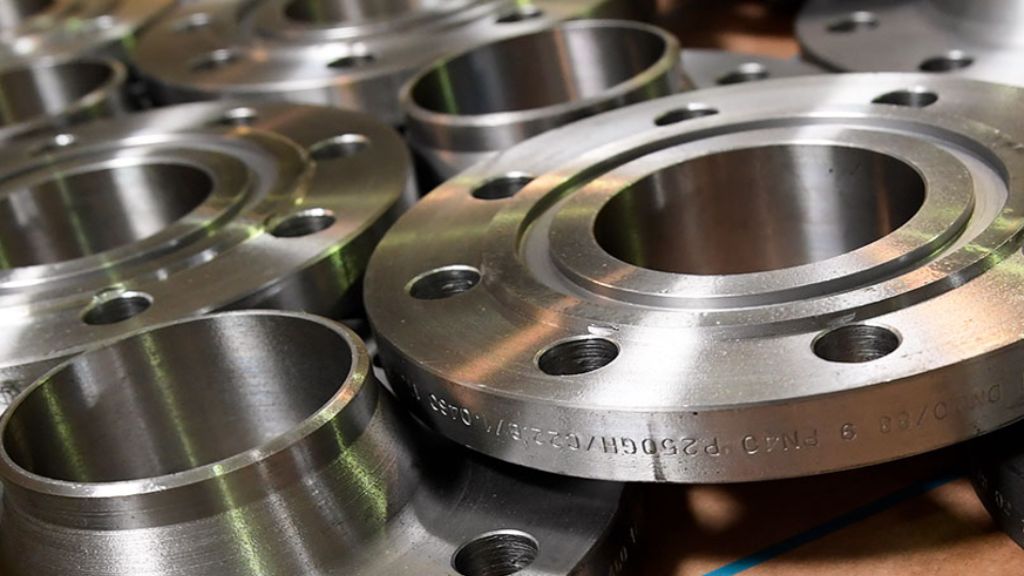
A flange is a flat, round fitting that uses clamps or bolts to form a tight seal. They are used when pipes traverse floors, walls, and ceilings. The closet or toilet flange is the flange that DIY plumbers use the most. This is what connects the toilet drain to the drain pipe and secures a toilet to the floor.
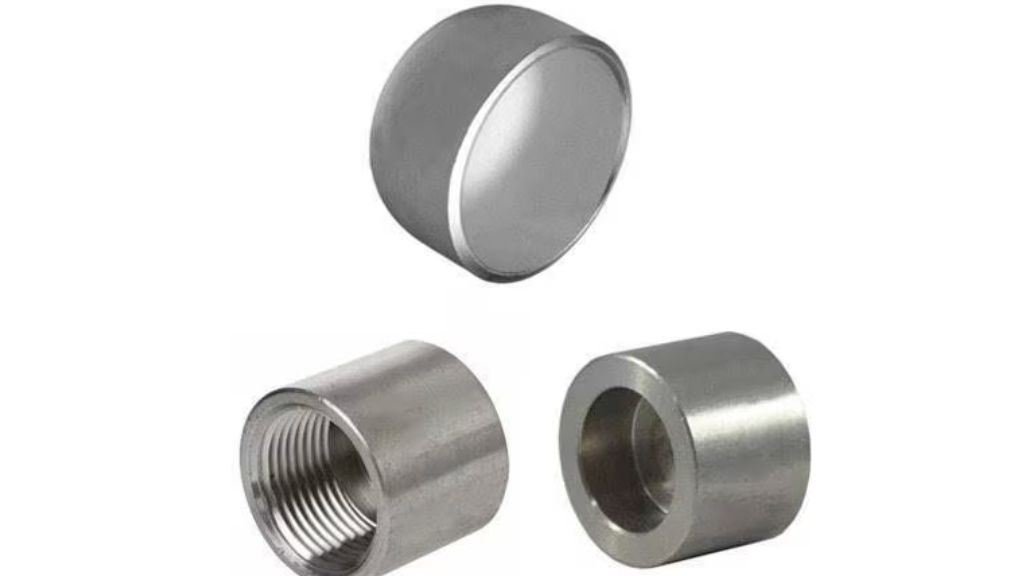
To stop the flow of gas or water, a cap is attached to the end of a pipe. These types of pipe fittings can be used to cut off supply temporarily during a plumbing project or as the pipe’s permanent termination point.
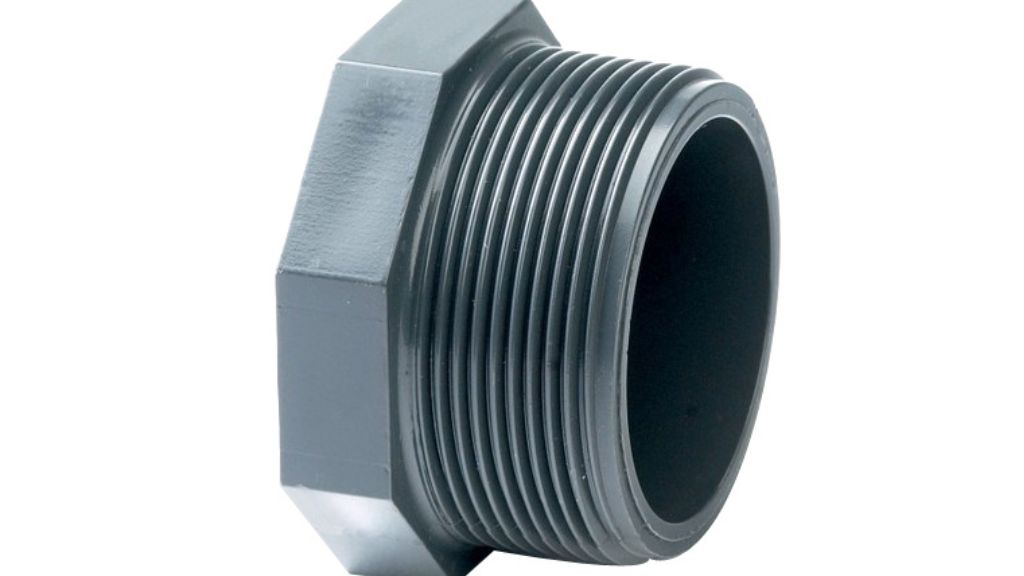
Similar to caps, pipe fittings are used at the end of a pipe to seal the opening. The difference is that caps cover the opening while a plug seals the threaded pipe opening. Most of the time, you’ll find them at cleanout locations for sewer systems.
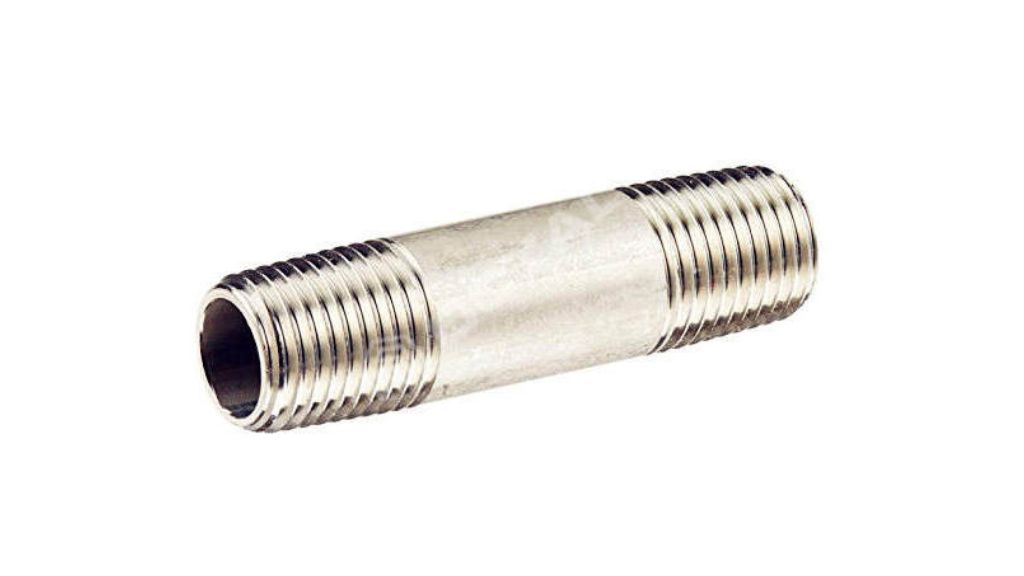
Nipples connect two female-threaded fittings or pipe connectors ends while being male-threaded at each end. These are short connections on the pipes that keep the pipe ends securely.
There are a ton of ways to secure pipe joints, depending on the features, materials, and functions of the pipes and fittings. These methods of connection include:
Fittings that push-to-connect, also known as click-to-connect or push-to-fit are easy, fast, and simple for all kinds of Do-It-Yourself plumbing projects. They have a special O-ring inside with metal teeth to grip and form a watertight connection under low pressure. These types of pipe fittings with copper pipe, PVC, and PEX in certain circumstances.
These types of pipe fittings are twisted together for a secure fit. Female-threaded pipes and fittings have a thread on the inside and fit around male connections, which have a thread on the outside.
Leak-free permanent pipe joints such as sweat fittings are created when the solder melts around the seam of brass or copper fittings and pipes.
A primer and solvent cement that is quick-drying is used to affix plastic pipes and fittings with smooth walls that are easy to join.
These fittings have a threaded nut, body, and a sleeve called a “ferrule” that uses compression to bind together pieces of pipe for a tight fit.
A flare nut is a cone-shaped fitting that connects the pipe after the pipe has been “flared” with a special tool. This makes it suitable for high water pressure and gas applications.
After the fitting has been inserted, a clamp is put on the pipe and held in place.
After the fitting has been inserted, a special tool is used to tightly crimp a metal ring around the pipe, also known as crimping.
CPVC, brass, or galvanised are just a few of the materials that are used to make various types of pipe fittings. Use copper fittings for copper pipe, PVC fittings for PVC pipe, and so on. There are a few exceptions, however:
Choose wisely!